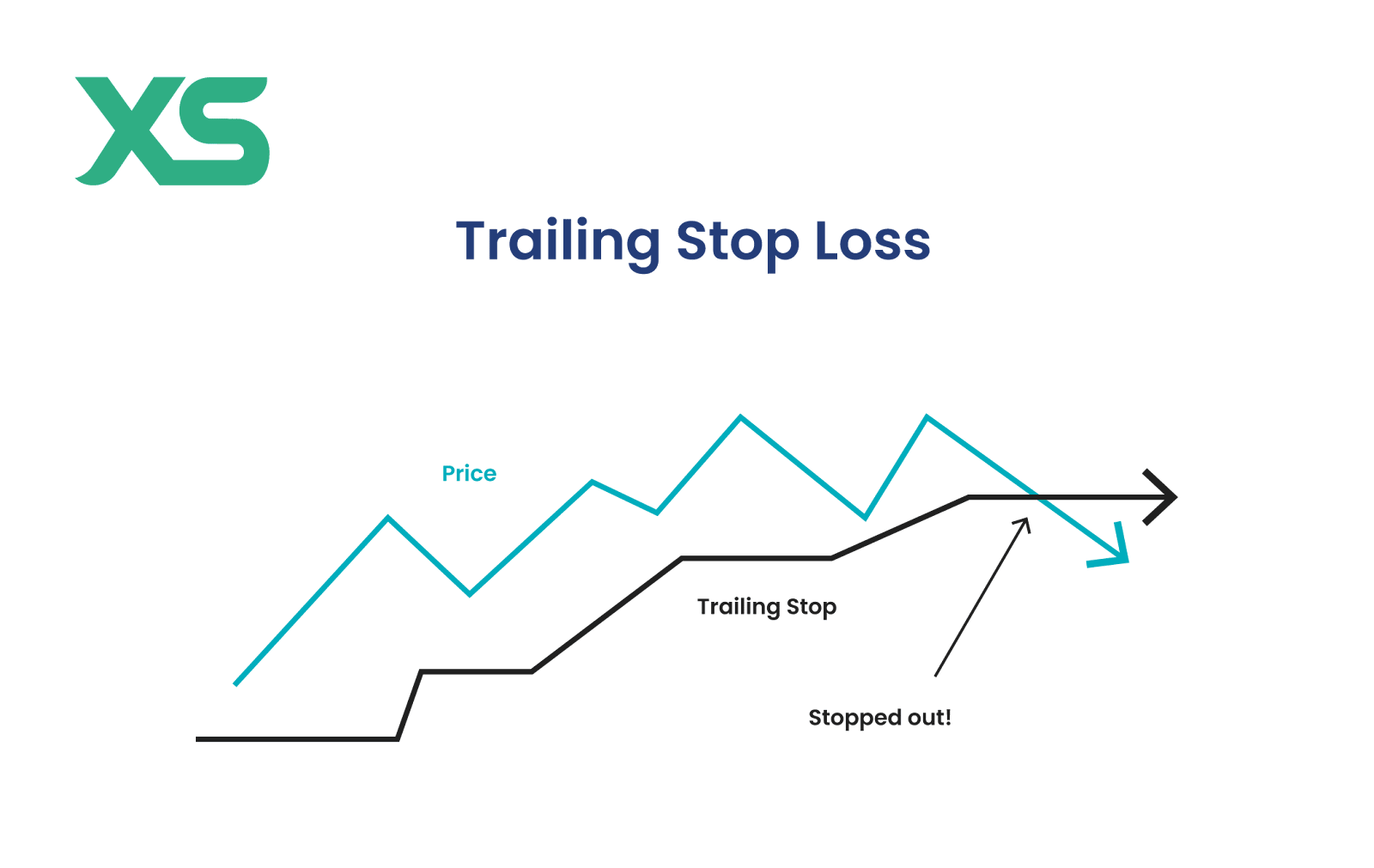- Stop-loss orders cap downside by exiting trades automatically, with fixed or trailing variations to manage risk.
- Take-profit orders lock in gains at predefined levels, often using reward-to-risk ratios or scaling out.
- Combining both creates rule-based discipline, ensuring consistent outcomes regardless of hit rate.
- Avoid emotional mistakes by sizing stops with volatility, using technical levels, and sticking to predefined rules.
Why Manage Risks?
TradingKey - Everyone pays attention to entrances—looking for a favorable set-up, the market timing, or news. But a great trader versus a serial loser isn’t at entry into a trade, but at how they handle the risk within. Stop-loss and take-profit strategies are the foundational building block that discipline in trading is constructed out of. They make up what you are willing to risk, where you are taking profits, and how you are preserving capital as markets turn.
Emotions are in control without them. Traders freeze, hoping a losing trade “reverses,” or panic-selling winners early. The market penalizes both responses. Stop-losses and take-profits introduce discipline, and merchants are able to ride volatility while compounding steadily instead of risking luck.
Purpose of Stop-Loss Orders
Stop-loss is a predetermined point at which you exit to lose minimally on the unfavorable side. The trade gets automatically closed if price reapproaches that point. That's the only aim and purpose: safeguarding capital from disastrous loss and small errors from gaining strength and becoming portfolio destruction.
Stop-losses also come in a couple of variations. Most popular is the hard stop: a fixed point below entry for longs (above entry for short sells). You buy Bitcoin at $40,000, for example, and enter a stop at $38,000, risking $2,000 per coin. The other approach is the trailing stop. Instead of being fixed, it moves along with a growing asset, taking profits while allowing room for extra gains. For instance, a 10% trailing stop would reap the vast majority of a rally yet stop out automatically if a turn around in momentum occurs.

Source: https://www.xs.com
The Function of Take-Profit Orders
Take-profit levels are stop-losses in a similar sense. They determine where one takes profit and not search for indefinite profit on the upside. One would otherwise be holding for some time and watch one's profit evaporate on reversals. One basic strategy is profit targets on multiples of risk. On a $100-risk trade, a 2:1 reward-to-risk has a $200 profit target. This creates winners bigger than losers mathematically regardless if only one-half the trades are winners.
Scaling out is yet another strategy. Compared to covering an entire position at a single stretch, sellers sell in steps as price crosses milestones. This fixes profits on a step-by-step basis while keeping exposure intact in case the trend continues.
-b230d42570704064a8280d66facedbd2.jpg)
Combining Stop-Loss and Take-Profit
The magic is in combining the two. Before they enter a trade, disciplined investors both have their exits decided on.
EXAMPLE:
- Entry: $40,000
- Stop-loss: $38,000 (risk $2,000)
Take-profit: $44,000 (reward $4,000) This produces a 2:1 reward-to-risk ratio. Throughout an interval, such settings make more than they lose even if the trader is incorrect more frequently than he is correct. Returns are a result of being regular and not infallible. Changing dynamically becomes sophisticated. The stop-losses get re-positioned to breakeven once price has traveled in a favorable trajectory, taking away risk. Or higher take-profit targets if momentum builds, taking profit. They are alterations which have to be rule-driven and not emotional.
Common Mistakes to Avoid
The greatest mistake is making no use whatsoever for stop-losses. Most traders just let losers ride, hoping they’ll turn around. Sometimes they do—but one day they won’t be able to erase profits for a few months.
Another mistake is stopping too close. Markets are volatile, and small changes can force you out earlier than you want. You want stops to leave room for air compared to volatility and size distance intelligently with tools such as the Average True Range (ATR). Greed on the revenue side tends to blur discipline. The trader sees the price charge ahead and demands to be holding on, while the counter-trend unfolds. The systematic take-profit approach sidesteps letting emotion make the exits.
Advanced Techniques
Traders at a professional level fine-tune stop-loss and take-profit placement with technical tools. The areas where price tends to react would be support and resistance levels, moving averages, and Fibonacci retracements. Positioning stops just beyond those areas allows for avoiding being shaken out by normal volatility. Volatility stops are another approach. Estimating average price movement, stops are dynamically sized—big in volatile markets, small in calm periods. This balances being protected and being adaptable.
Some take partial profits on a trail. Selling a small part of a trade at a first target and letting the rest ride on a trail takes both near-term profits and potential final moves. The Psychology of Discipline Above all, stop-loss and take-profit techniques are psychology. Markets induce greed and fear on a day-to-day basis. Rules-based exits are guardrails, preventing investors from making disastrous emotional decisions. It's not about preserving money, it's about preserving mindset.
When a trader incurs unruly losses, he loses discipline and confidence. Defining risk at the beginning allows each trade to be another one out of many, and that takes away emotional weight. This cumulatively creates strength and regularity.
-e13c61de4eb74828b19908cc9f721f88.jpg)
Source: https://www.adrofx.com
Conclusion
Rules Before Results Success in trading is not a matter of calling each and every step right; success is a result of managing risk on a regular basis. Stop-loss and take-profit techniques allow that discipline. They turn trading into a disciplined process that is measurable, repeatable, and survivable. Nothing guarantees profit, but small winning percentages on right exits deliver great long-term performance. The best people at entries may profit, but the best people at exits retain them. On volatile markets, the difference between blowing up and compounding steadily often boils down to one thing: when to get out.


